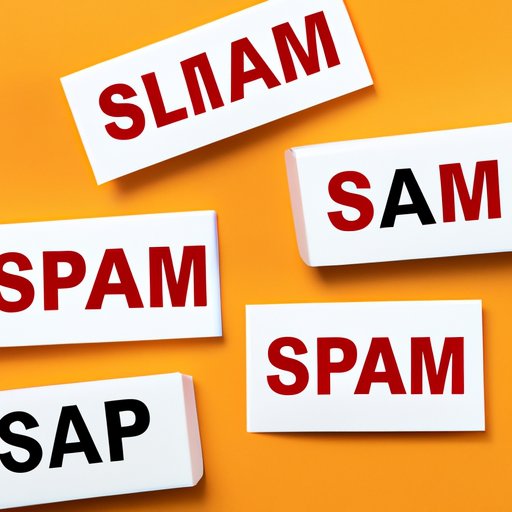
Introduction
Have you ever opened your inbox and found it overflowing with unsolicited emails? This is where email blocking comes in handy. Blocking emails is the process of preventing unwanted or spam emails from reaching your inbox. In this article, we will explore the different methods of blocking emails, how to block emails in popular email clients, top 5 methods for blocking spam emails, blocking emails from specific sources, a video tutorial or infographic, and a comprehensive guide to email security and privacy.
Different Methods of Blocking Email
There are different ways to block unwanted emails. These include sender blocking, subject blocking, and domain blocking. Sender blocking is the process of blocking emails from specific email addresses. Subject blocking is blocking emails that contain specific keywords or phrases in their subject lines. Domain blocking is the process of blocking email from a particular domain.
Each method has its advantages and disadvantages, and the best approach depends on the user’s preference and the type of emails they receive. For instance, sender blocking is ideal when a user receives emails from a particular person or organization that they do not want to hear from. Subject blocking is effective when a user wants to block messages containing a particular phrase, such as marketing emails or phishing attempts. Domain blocking is useful when a user receives unwanted messages from a particular domain.
How to Block Emails in Popular Email Clients
Blocking emails is easy, and most email clients provide the option to block emails. Let us look at how to block emails in popular email clients, including Gmail, Outlook, and Yahoo!.
In Gmail, open the email. Click on the three dots at the top-right corner of the email. Select “Block Name” or “Block Email.” A confirmation message will appear, click on “Block” to confirm.
In Outlook, open the email. Click on “Junk” at the top of the email. Select “Block Sender.” A confirmation message will appear, click on “OK” to confirm.
In Yahoo!, open the email. Click on the three dots at the top-right corner of the email. Select “Block” or “Block Sender.” A confirmation message will appear, click on “OK” to confirm.
It is also possible to whitelist senders or create custom filters for email in each of these platforms. Users simply need to follow the settings option in their respective email clients to access such features.
Top 5 Methods for Blocking Spam Emails
If you find yourself receiving a lot of unwanted emails, there are other methods you can use to keep your inbox organized, and spam-free:
- Create a separate email account for different purposes, such as work and personal use.
- Set up email filters to categorize and organize incoming emails. For example, creating a filter that sends promotional emails to a separate promotional folder.
- Use third-party apps to filter messages such as Cleanfox, Mailstrom, and Unroll.me, which identify and eliminate unwanted mail.
- Mark unwanted emails as spam using your email client’s spam button. This will send unwanted emails directly to your spam folder.
- Unsubscribe from lists that send unwanted emails by clicking on the “unsubscribe” link at the bottom of their email.
Blocking Emails from Specific Sources
It is important to recognize different types of spam and fraud emails users may receive. Marketing emails or phishing attempts can be blocked by applying similar blocking processes previously discussed. For more reputable emails from the likes of news websites and brands, it is often possible to unsubscribe if necessary.
Video Tutorial or Infographic
A video tutorial or infographic can be helpful for visual learners who want to learn how to block an email sender or domain. Watching the instruction brings to life the benefits of each approach.
Comprehensive Guide to Email Security and Privacy
Blocking emails is only one step in protecting your email account. A comprehensive guide to email account security and privacy can ensure that users are informed of best practices beyond blocking emails to secure personal and sensitive information transmitted and stored via email. Using strong passwords and activating two-factor authentication can also help secure your email accounts.
Conclusion
Blocking unwanted emails is an effective way of keeping your inbox organized and free from spam. With various methods discussed in this article, you can choose a technique most appropriate to your email needs. It is also recommended to maintain overall email account security by utilizing strong passwords, activating two-factor authentication, and keeping informed of email privacy best practices.




